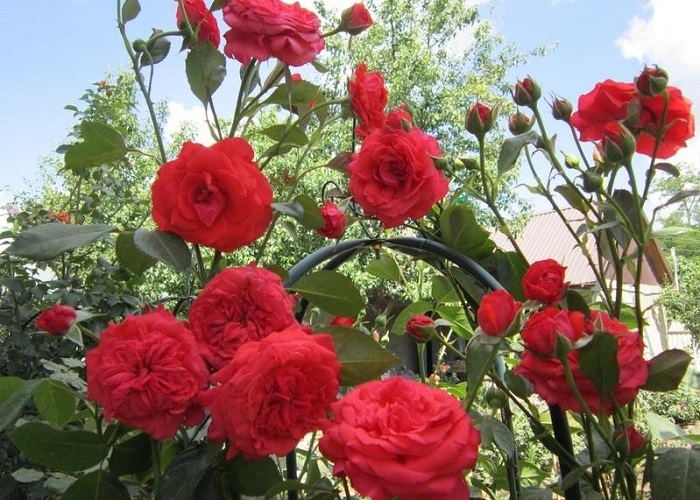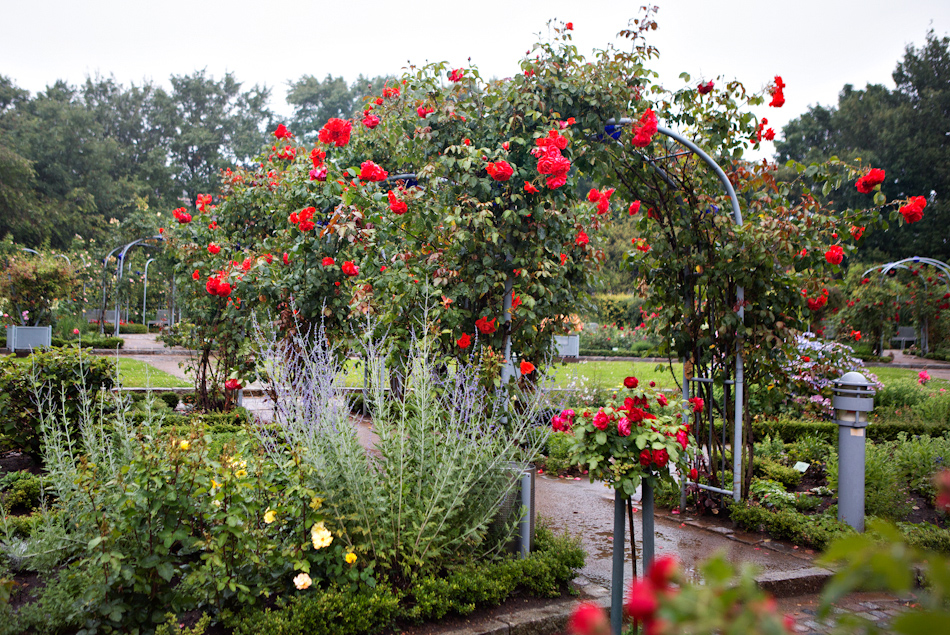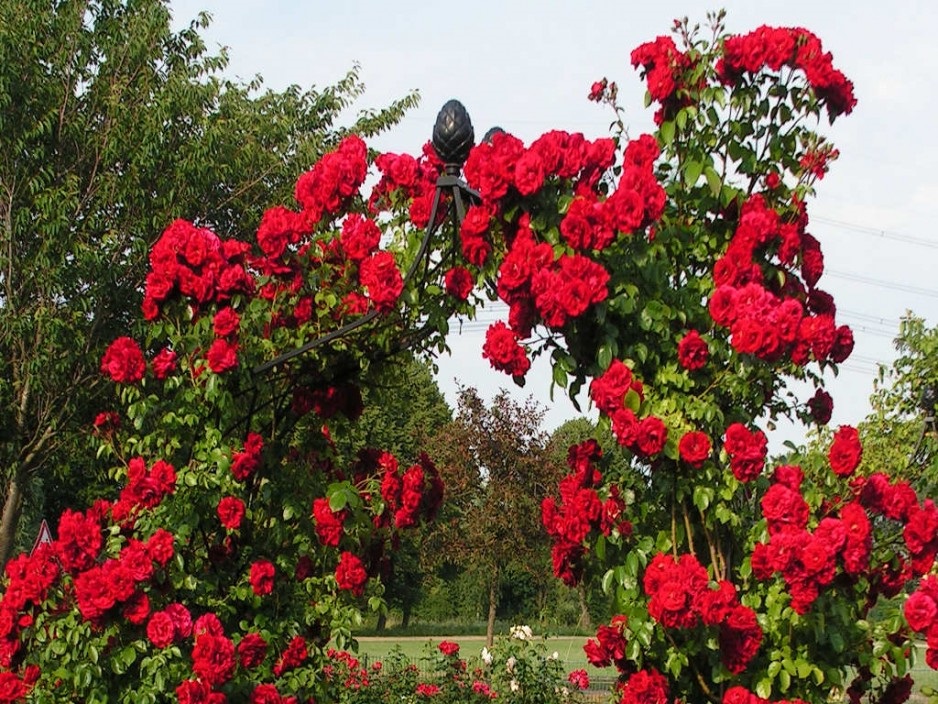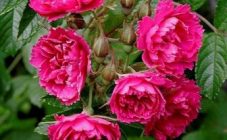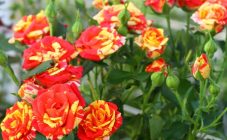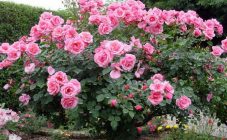Content:
Rose is a wondrous flower from the Rosaceae family. Many scientists are engaged in their selection. Now a huge number of varieties have been bred, which are grown for cutting and decorating personal plots.
Culture information
Climbing roses are one of the popular garden groups. They have long shoots, abundant and long flowering. Strong bushes are suitable for vertical landscaping. They can be used to close unsightly buildings, blank walls and hedges.
Salita is a rose from the group of climbers, presented to the public in 1987. It was bred by German breeders in the nursery of Wilhelm Kordes. The official name is Rose Salita.
Characteristics of the variety
Rose Salita has gained popularity due to the bright color of the flowers. Moreover, they are formed not only at the top of the bush, but also at other levels.
Botanical Description:
- the bush is large, grows up to 3 m in height and up to 1.5 m in width;
- leaves are numerous, dark green, glossy;
- large flowers are collected in double inflorescences of orange-scarlet color;
- flower diameter - 8-9 cm, in shape they resemble hybrid tea varieties;
- flowering continues throughout the season;
- fruity aroma, strong enough.
The variety is relatively resistant to powdery mildew, but with waterlogging and strong thickening of the plantings, it suffers from fungal diseases.
Features of agricultural technology
It is believed that roses are very moody plants. However, growing them is not so difficult if you know the basic rules of care.
Rosa Salita, like other varieties, prefers light, fertile soils with a good drainage system. The optimum pH is 5.6-6.5. The plant is best planted in partial shade. Sunburn appears in direct light, and flowers fade quickly.
The seedlings are placed outdoors in April or October. The first option shows the best results. When planting in the fall, there is a great risk that the plant will not have time to take root before the onset of frost and will die in winter.
Crop care is reduced to weeding, watering and feeding. The soil should be moistened 0.5 m deep. You can cover it with peat to prevent evaporation and control the growth of weeds.
In the first year of life, once a month they bring in:
- a solution of bird droppings or mullein;
- infusion of herbs.
In Siberia, the Urals and other northern regions, the rose is covered for the winter. The branches are carefully bent to the ground, covered with sawdust, spruce branches or non-woven material.
Woody shoots are difficult to bend. It is permissible to insulate only the base of the bush by about 1 m.If some branches still suffer from frost, they must be cut in the spring.
The climbing rose of Salita is propagated by:
- undergrowth;
- dividing the bush;
- vaccination.
Pruning is carried out at the beginning and end of the season. Remove old branches that are more than 4 years old and injured shoots.
[alert color = "red" icon = "exclamation-triangle"]Attention! Thanks to the pruning procedure, the bush rejuvenates and blooms better. [/ Alert]
Advantages and disadvantages
Rose Salita has many advantages:
- original fiery color of flowers;
- resistance to rain;
- long, almost continuous flowering;
- the ability to use for cutting;
- pleasant aroma.
However, there were some drawbacks - gardeners note that:
- in cold climates, the rose grows very slowly;
- with improper care, there is a tendency to fungal diseases.
Some people living in the northern regions have been able to turn the first flaw into dignity. They grow the rose like a scrub. The bush grows straight and does not fall apart. And fungal diseases are easy to prevent if you are careful about the culture.
